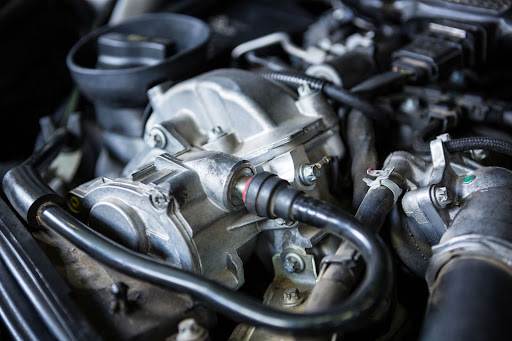Since the beginning of the Power sports industry, four-stroke engines have been used in various vehicles, including street motorcycles, dirt bikes, ATVs, and UTVs. Engine technologies have advanced over time in several ways, which has eventually resulted in ever-improving engine performance. Given valves’ crucial role, the installer’s margin for mistakes is continuously decreasing as valve technology advances. While installing new Engine Valve, several stages must be carefully studied and executed exactly as they should be to guarantee long-term success. Wrong installation may cause the fast damage in the value. So it is essential to follow the guidelines which are given in the manuals.
Pre-Installation
The valve guides and seats are two crucial components determining how long your new engine valve last. The purpose of the valve guide is to direct the position of the valve so that it is regulated as it moves up and down. Before installing the replacement valves, the valve guides must be measured. Check the manual to see the service limits for the valve guide bore and your engine’s specifications and directions. The valve seat can be recognized as a steel or bronze round ring. The valve seats experience stress in a variety of ways, including temperature stress, frictional stress, and impact stress. Examine the retainers and seats for wear indicators, which often appear due to contact with the valve spring. These components need to be changed if significant wear or indentations are seen.
Installation
A small amount of engine oil or assembly lube should be applied to the valve spring seats before installation. Installing the fresh valve stem seals should come next. Because the diameters of the intake and exhaust valves can vary, be sure the proper seals are put in the right places. Apply a thin engine oil or assembly lube layer to the valve springs’ and retainers’ contact points. As per the manual instruction, the coating can be applied. The valve spring compressor can be detached when the keepers have located their notches in the valve stem. Once each valve stem has been tapped a few times, all the valve springs should be shortened. The top of the valve must be tapped to ensure that all of the keepers are correctly installed before starting the engine.
Post-installation
After the installment, checking the engine valve clearances as necessary is crucial. Ensuring that the cam timing is set according to the process described in the service manual is essential. It is also a good idea to manually turn the engine a few times to check for problems made during reassembly. Before startup, a leak-down test can be carried out to validate the integrity of the seal between the valve face and the valve seat. A leak-down test will offer measurable methods to determine the source of any cylinder leaking and the degree of it.
Bottom Line
Checking engine valve clearance after installing new valves and springs is essential since various-sized shims frequently become necessary. Also, following the manual instructions for the best installment is crucial.




